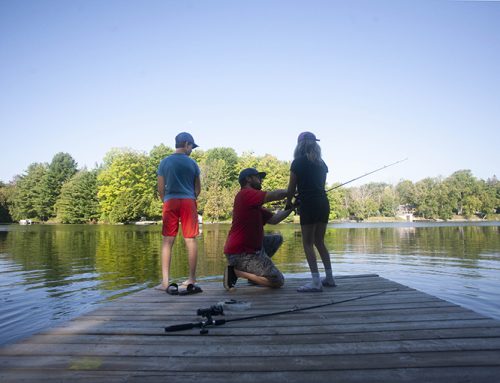
The province intends to phase out the Endangered Species Act (ESA) of 2007 and replace it with new legislation called the Species Conservation Act.
Proposed on April 17, the changes are designed to loosen current approaches to the protection and conservation of species at risk, which the province deems complicated, too lengthy, and responsible for unnecessary delays and costs for housing, transit, and critical infrastructure. The proposal is now listed on the Environmental Registry of Ontario — the comment period ends May 17.
Act to be amended, repealed
Once Bill 5, Protect Ontario by Unleashing our Economy Act, 2025 receives Royal Assent, it would make immediate amendments to the ESA and, after an interim period, repeal the ESA and enact a new Species Conservation Act, 2025 (SCA).
According to the government, the SCA would “Create species protection legislation that will drive species protection and conservation while taking into account social and economic considerations, including sustainable economic growth in Ontario.”
The province believes the SCA will:
- Keep the Committee on the Status of Species at Risk in Ontario (COSSARO) in place but, give the provincial government discretion to add and remove extirpated, endangered, and threatened species to the list of protected species.
- Replace the permitting process with an online registration that allows proponents to immediately conduct “harmful activities” upon registration. These activities include:
- activities that are likely to kill, harm, capture, or take a member of a species listed on the Protected Species in Ontario List
- possessing, transporting, collecting, buying, selling, leasing, or trading a member of a species listed on the Protected Species in Ontario List
- damage to or destruction of the habitat of a species listed on the Protected Species in Ontario List
- Remove the concept of “harass” from species protections
- Require neither registration nor permit to impact migratory birds and aquatic species already protected under the federal Species at Risk Act
- Reframe the definition of animal habitat to mean a dwelling place, such as a den, nest, or similar place, occupied or habitually occupied by one or more members of a species for the purposes of breeding, rearing, staging, wintering, or hibernating. This also includes the area immediately surrounding a dwelling place described above that is essential for the purposes mentioned. For vascular plants, habitat will include the critical root zone surrounding a member of the species, and for all other species (for example, lichens) it includes an area on which any member of the species directly depends to carry out its life processes.
Changes proposed
Additional changes produced by the proposed Bill 5 include:
- Eliminate the Species Conservation Action Agency and the Species at Risk Program Advisory Committee
- Disallow contributions to the Species at Risk Conservation Fund by removing the option for proponents registered for regulatory exemptions to pay a charge into this fund instead of “beneficial action”
- Transfer the money in the fund to the government provided it must be “spent on activities that are in alignment with species protection and conservation goals.”
- Create new “Species Conservation program and account” to replace The Species Conservation Action Agency and the Species at Risk Program Advisory Committee
- Remove the requirement for the government to develop recovery develop recovery strategies and management plans, government response statements, and reviews of progress for species at risk
- Create a general prohibition against activities that would result in a species no longer living in the wild in Ontario
- Update their compliance and enforcement model
Consultation planned
Over the next several months, the province says it will work in consultation with the public and Indigenous communities and organizations to develop supporting regulations to implement the registration-first approach, which we expect will come into force early next year. As new regulations are developed, they will be posted on the Environmental Registry of Ontario.
“As a conservation-based organization, the OFAH is concerned about the potential impacts of this proposal on vulnerable species and ecosystems as a whole,” OFAH Wildlife Biologist Matthew Robbins said. “We are reviewing the posting in detail and will be engaging with the province via the Environmental Registry of Ontario.”
To view the full proposed changes to the Endangered Species Act, visit www.ero.ontario.ca and search ERO number 025-0380.






Holy cow! This could be quite the wholesale change. Sounds a bit like an “honours system”.
It seems that something in the old act is in the way, that will not allow the people making the decision changes for infrastructure or the like (housing, roads, buildings), that will not allow them to proceed. Changing habitat by changing the laws protecting it is the easiest way. Someone has in their mind to do something and something is in their way. Remove it (the something) and what they want done gets done.